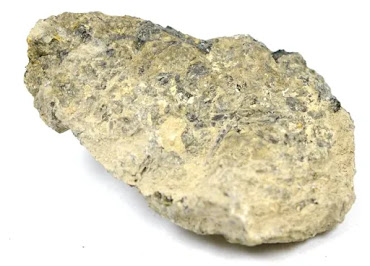Andesite is a type of igneous rock that is formed by volcanic activity. It is usually dark grey or bown in colour. It usually exists as the solid form of volcanic lava or magma. The mineral composition of andesite includes biotite, pyroxene, or amphibole.
Andesite rocks will form in regions above subduction zones. This formation usually occurs after oceanic plates melt amid the subduction zone, as the melting serves as a source of magma. When such magma erupts to the surface, it creates a fine-grained rock that crystallizes quickly. Quartz is among the most common elements to be found in Andesite.
Andesite lavas usually have porphyritic, or vitrophyric textures, and the phenocrysts often provide a remarkable record of at least part of the evolutionary history of the rocks. They color index (M) generally range from 20 to 40. Plagioclase and pyroxene are the normal essential minerals and plagioclase is the usually the most abundant phenocryst. This abundance support the observation that plagioclase is usually a liquidus phase in andesitic magma eruption.












.jpg)




No comments:
Post a Comment